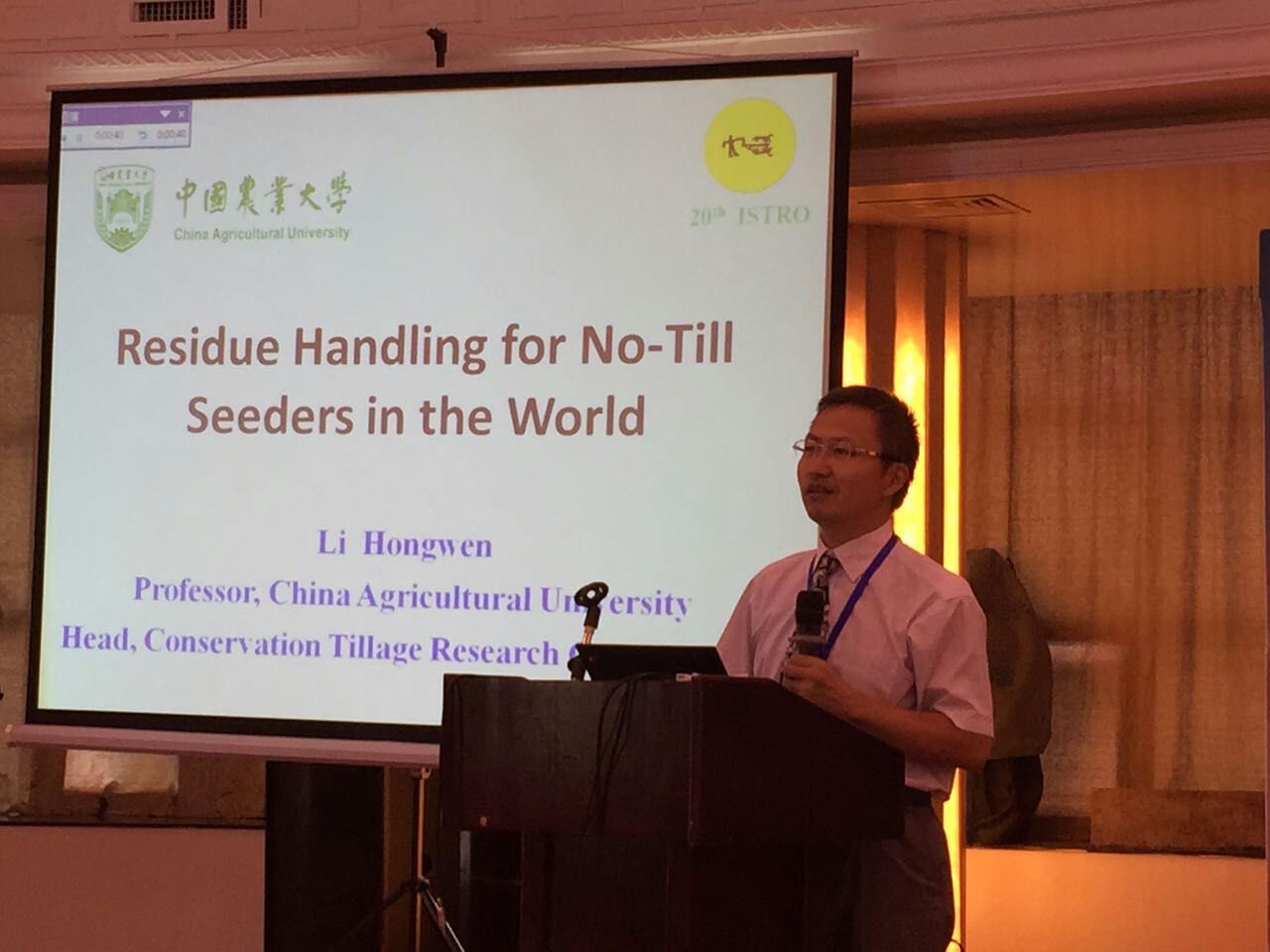Soil chemical properties and microbial biomass after 16 years of no-tillage farming on the Loess Plateau, China
October 20,2015Infos:
Data from a 16-year field experiment conducted in Shanxi, on the Chinese Loess Plateau, were used to compare the long-term effects of notillage with straw cover (NTSC) and traditional tillage with straw removal (TTSR) in a winter wheat (Triticum aestivum L.) monoculture. Longterm no-tillage with straw cover increased SOM by 21.7% and TN by 51.0% at 0–10 cm depth and available P by 97.3% at 0–5 cm depth compared to traditional tillage. Soil microbial biomass C and N increased by 135.3% and 104.4% with NTSC compared to TTSR for 0–10 cm depth, respectively. Under NTSC, the metabolic quotient (CO2 evolved per unit of MBC) decreased by 45.1% on average in the top 10 cm soil layer, which suggests that TTSR produced a microbial pool that was more metabolically active than under NTSC. Consequently, winter wheat yield was about 15.5% higher under NTSC than under TTSR. The data collected from our 16-year experiment show that NTSC is a more sustainable farming system which can improve soil chemical properties, microbial biomass and activity, and thus increase crop yield in the rainfed dryland farming areas of northern China. The soil processes responsible for the improved yields and soil quality, in particular soil organic matter, require further research.
Featured Downloads
- Traffic and tillage effects on wheat production on the Loess Plateau of China: 2. Soil physical properties 2015-10-20
- Thoughts on developing small/medium size...... 2015-10-20
- Effects of 10 years of conservation tillage on soil properties and productivity in the farming–pastoral ecotone of Inner Mongolia, China 2015-10-20
- Design and Experiment of ф-type-knots Knotters on Chinese Small Square Balers 2015-10-20
- Conservation Agriculture in the 21st Century 2014-06-23
- Effects of 15 years of conservation tillage on soil structure and productivity of wheat cultivation in northern China 2015-10-20
